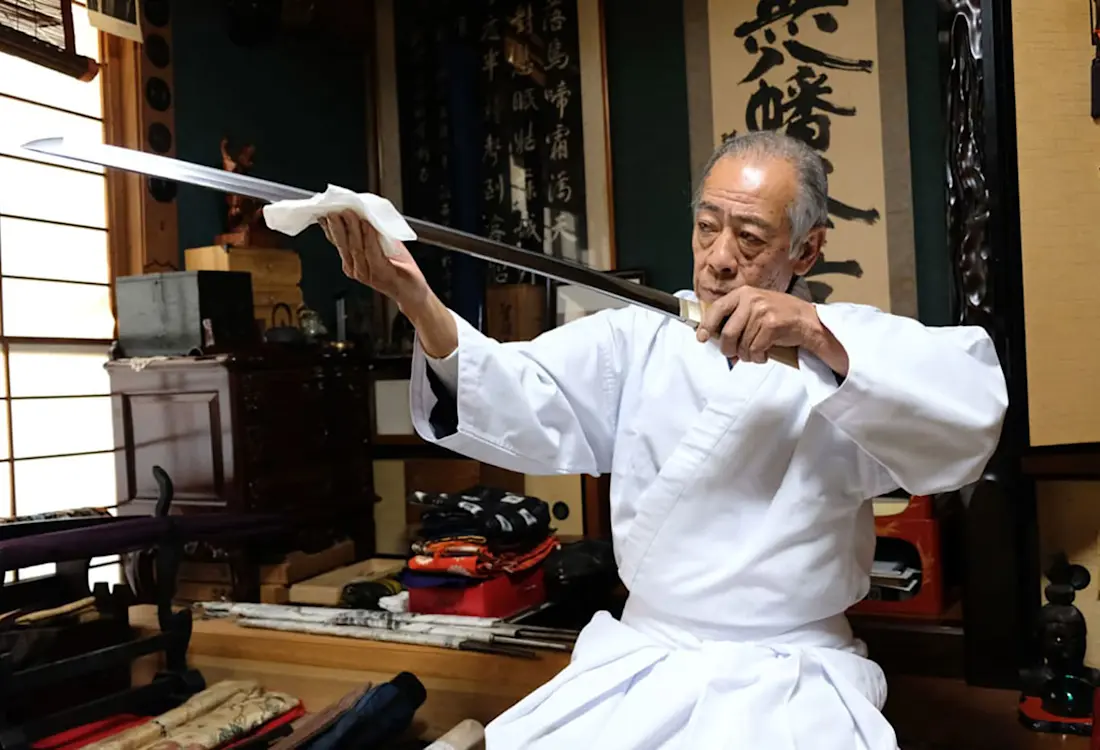Secrets of the Samurai – Unveiling the Mastery of the Katana’s Blade
The secrets of the samurai, intricately woven into the fabric of Japanese history and culture, find their most profound expression in the mastery of the katana’s blade. The katana, a traditional Japanese longsword, is not merely a weapon but a symbol of honor, discipline, and timeless craftsmanship. Crafted with a meticulous blend of artistry and functionality, the katana embodies the very essence of the samurai’s code – Bushido. The intricate process of forging a katana, known as tamahagane, involves smelting iron sand and charcoal in a centuries-old method, resulting in a steel of unparalleled quality. The master swordsmith, with an almost spiritual dedication, meticulously hammers, folds, and refines the steel, infusing it with the spirit of the warrior. The curvature of the blade, known as sori, is a carefully calculated design that enhances the cutting efficiency while maintaining balance. The razor-sharp edge, achieved through the arduous process of polishing and sharpening.

The mystique of the samurai’s sword extends beyond its physical form; it is a reflection of the samurai’s soul. The samurai, bound by a code of honor and loyalty, views the katana as an extension of themselves, embodying their principles and character. The discipline of the samurai encompasses not only the physical mastery of the blade but also the development of a profound mental and spiritual fortitude. Training in kenjutsu, the art of swordsmanship, involves not just learning the physical techniques but also cultivating a state of mind known as mushin or no-mind, where actions flow effortlessly without conscious thought. This mental clarity allows the samurai to engage in battle with a heightened sense of awareness, making split-second decisions that can mean the difference between life and death. The katana’s design reflects a delicate balance between strength and flexibility, embodying the philosophy of tameshigiri – the art of test cutting. Samurai would test the efficacy of their blades through rigorous cutting exercises on bamboo, straw mats, or even human cadavers.
These tests not only assessed the sharpness and durability of the katana but also served as a solemn reminder of the sword’s purpose – to defend and protect with unwavering precision. The significance of the katana transcends the battlefield, permeating every aspect of the samurai’s life. The act of drawing the sword, known as iaijutsu, is considered an art form in itself, requiring a seamless blend of speed, accuracy, and intention. The distinctive sound of the blade leaving its scabbard, known as tachikaze, carries with it a psychological impact, often dissuading potential adversaries without a single strike. The katana, when not in use, is housed in an ornate scabbard called a saya, further exemplifying the fusion of functionality and artistic expression. In conclusion, the mastery of the katana’s blade goes beyond the physical prowess of wielding a sword. It encapsulates a profound philosophy, an unwavering code of ethics, and an unparalleled dedication to craftsmanship. The secrets of the samurai, unveiled in the artistry of the katana, continue to inspire and resonate with admirers worldwide, reminding us of a bygone era where the sword was not just a weapon but a symbol of honor, courage, and the indomitable spirit of the warrior.